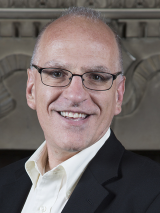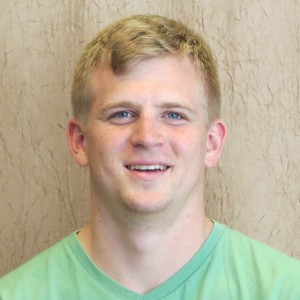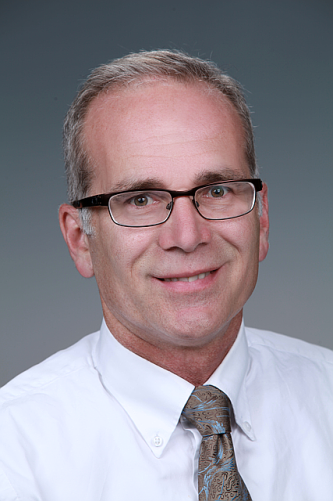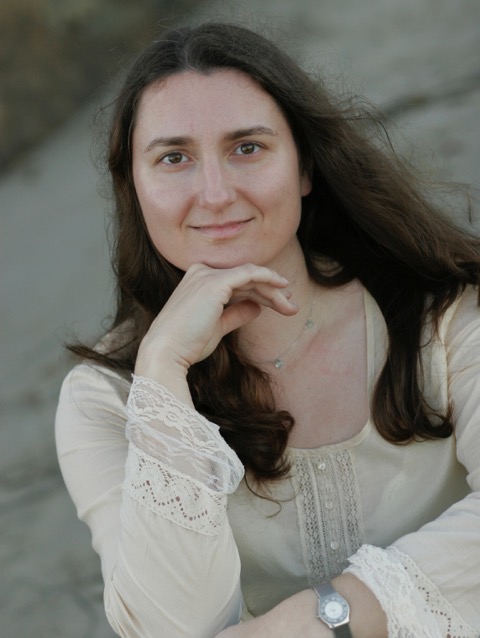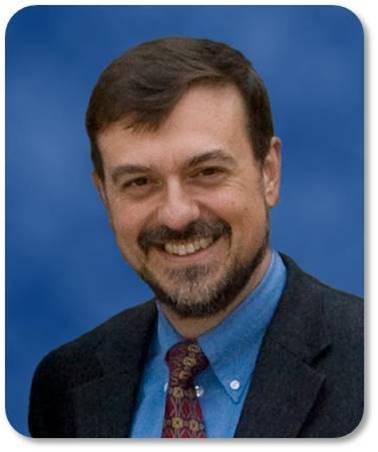 The Catalysis Club of Philadelphia is pleased to announce Prof. Dion Vlachos as the recipient of the 2016 Catalysis Club of Philadelphia Award, in recognition of his long-standing creative technical contributions, both theoretical and experimental; advancing the understanding of the molecular basis of heterogeneous catalysis of complex systems; and his leadership role at the Catalysis Center for Energy Innovation and Center for Catalytic Science and Technology.
The Catalysis Club of Philadelphia is pleased to announce Prof. Dion Vlachos as the recipient of the 2016 Catalysis Club of Philadelphia Award, in recognition of his long-standing creative technical contributions, both theoretical and experimental; advancing the understanding of the molecular basis of heterogeneous catalysis of complex systems; and his leadership role at the Catalysis Center for Energy Innovation and Center for Catalytic Science and Technology.
Prof. Vlachos received his PhD form the Chemical Engineering and Materials Science Department, University of Minnesota, where he studied the structures and dynamics of adsorbed phases and crystal surfaces. He joined the Chemical Engineering Department at the University of Massachusetts in 1993 as an Assistant Professor and in 1998 became an Associate Professor at the department. In 2000, Dion joined the Department of Engineering at the University of Delaware, where he currently holds a position as Elizabeth Inez Kelley Professor of Chemical Engineering.
Dion has pioneered the work on development of multi-scale modeling and applying this approach to technologically important problems in energy, catalysis, biomass conversion, nanotechnology and cellular engineering. His research has been adopted by chemical industry in companies, such as ConocoPhillips, Praxair, and Rohm and Haas, for chemical processes design and emissions reduction.
Dion’s research of biomass conversion, specifically catalytic transformation of sugars into fuels and chemicals, helped to advance the understanding of sugar chemistry. His work on the elucidation of active species in HCl/CrCl3 involved in sugar transformations resulted in a high impact publication with a record number of citations. His theoretical study of Sn-Beta catalyst for glucose isomerization has found the active form of tin in the zeolite and revealed the importance of neighboring silanol groups for the selectivity of the isomerization reaction. Dion’s theoretical work was later confirmed experimentally by Davis group in Caltech.
As the founder and director of the Catalysis Center for Energy Innovation (CCEI), Dion has shown an outstanding leadership and obtained $29.5M in funding over nine years. Through CCEI, he helped to nurture collaborations between research groups from leading academic institutions. CCEI focuses on the development of new catalysis and processes for biomass conversion to fuel and chemicals.
Dion has published over 340 scientific papers, which collectively have over 9400 citations. In the past few years, he has been publishing over 30 research papers per year, which makes Dion one of the most productive catalysis researchers.
Please join us in congratulating Dion on receiving the 2016 Catalysis Club of Philadelphia award.
Past Recipients of the Award
| 1968 Adalbert Farkas 1969 Charles J. Plank 1970 Paul H. Emmett 1971 G. Alex Mills 1972 Alfred E. Hirschler 1973 Paul B. Weisz 1974 Roland C. Hansford 1975 Paul Venuto 1976 Heinz Heinemann 1977 G.C.A. Schuit 1978 George W. Parshall 1979 Alvin B. Stiles 1980 Abraham Schneider 1981 James F. Roth 1982 Robert Eischens 1983 Edward Rosinski 1984 James R. Katzer 1985 N.Y. Chen | 1986 Bruce C. Gates 1987 James E. Lyons 1988 George Kokotailo 1989 Maurice Mitchell, Jr. 1990 Werner O. Haag 1991 John A. Sofranko 1992 Fran Waller 1993 George Kerr 1994 Theodore A. Koch 1995 John N. Armor 1996 Mae Rubin 1997 Leo E. Manzer 1998 Ray Gorte 1999 Anne M. Gaffney 2000 Henry C. Foley 2001 Mark Barteau 2002 Steven D. Ittel 2003 Frank E. Herkes | 2004 Jingguang Chen 2005 Israel Wachs 2006 James Dumesic 2007 John Vohs 2008 David Olson 2009 Ted Oyama 2010 Chuck Coe 2011 Chunshan Song 2012 Rostam Madon 2013 Daniel Resasco 2014 Haiying Chen 2015 Sourav Sengupta 2016 Dion Vlachos 2017 Thomas Colacot 2018 Carmo Pereira 2019 Fabio Ribeiro 2020 Raul F. Lobo 2021 Alan M. Allgeier | 2022 John R. Monnier 2023 Hasan Dindi |

